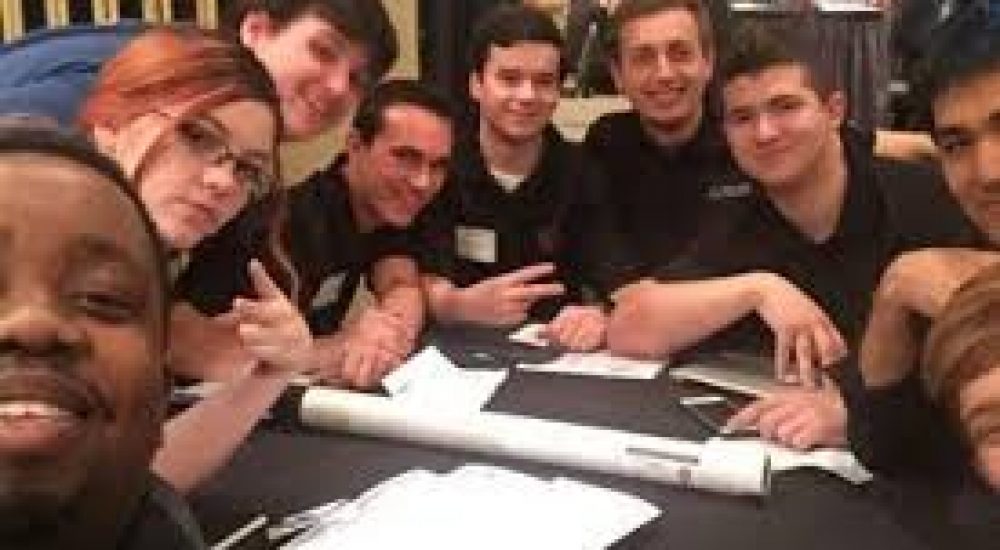This Breakfast Club blog post is a follow-up to Afterschool Game Jams! which I wrote last August 2016. In it, I described what game jams are, including the “Moveable Game Jam” initiative. Much has happened since then, and I am excited to share it all with the BOOST community!
What Are Game Jams, Anyway?
Game jams typically take 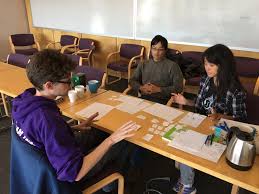 place over a weekend, and involve a theme, or specific content area. For example, this spring, NOAA is hosting an Arctic Climate Game Jam, in which participants meet to design games about issues affecting the polar regions of the Earth. Good games can be particularly adept at evoking emotions by putting players in experiences in which they must make meaningful choices. An example is EcoChains: Arctic Crisis, a card game where players build food chains on top of ice cards. If a carbon pollution card is played, you lose ice cards (symbolizing melting ice floes), which can threaten the species cards played. For more, check out this video.
place over a weekend, and involve a theme, or specific content area. For example, this spring, NOAA is hosting an Arctic Climate Game Jam, in which participants meet to design games about issues affecting the polar regions of the Earth. Good games can be particularly adept at evoking emotions by putting players in experiences in which they must make meaningful choices. An example is EcoChains: Arctic Crisis, a card game where players build food chains on top of ice cards. If a carbon pollution card is played, you lose ice cards (symbolizing melting ice floes), which can threaten the species cards played. For more, check out this video.
At a game jam, it can be helpful for participants to play games, like EcoChains: Arctic Crisis first. Then give small groups a chance to design their own games. The design and prototyping process is fun, and it teaches 21st-century skills, like design thinking and empathy. After all, when making games, you have to think about the experience you want the player to have! For free resources on game jams, check out this website, and this video.
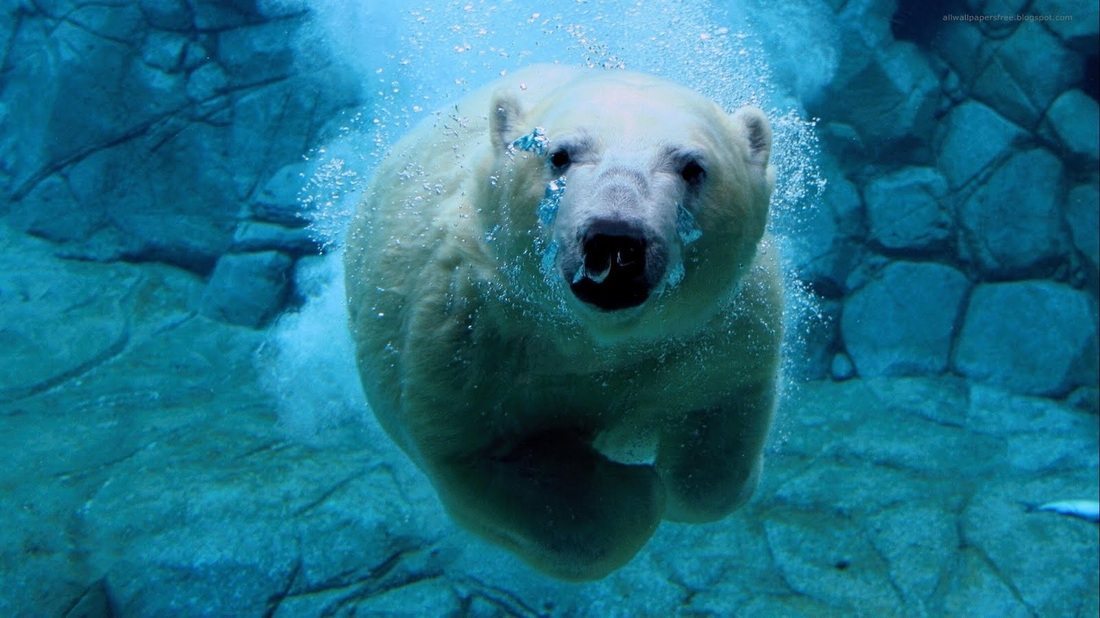 Moveable Game Jams
Moveable Game Jams
This school year I was helped organize a series of game jams for New York City Youth themed around social impact issues. It was supported by a grant from the HIVE Digital Media Learning Fund in The New York Community Trust. I worked with Games for Change, a New York-based nonprofit organization that hosts an annual festival for social impact games each year. The core team was myself, Games for Change’s Sara Cornish, and BrainPOP’s Kevin Miklasz. The game jams also were linked to Games for Change’s Student Challenge, an annual citywide competition.
Moveable Game Jams took place during Saturday afternoons over four different locations. This year, events were hosted at the historic Andrew Freedman Home in the Bronx, the Museum of the Moving Image in Queens, Brooklyn College Community Partnerships in Brooklyn, and at the Jefferson Market branch of the New York Public Library in Manhattan. At each, there were partner organizations that facilitated breakout sessions (more on this soon!). We worked with several digital media learning organizations at each location, including Mouse, Global Kids, Coderdojo NYC, Institute of Play, Spazecraft, and Museum of the Moving Image.
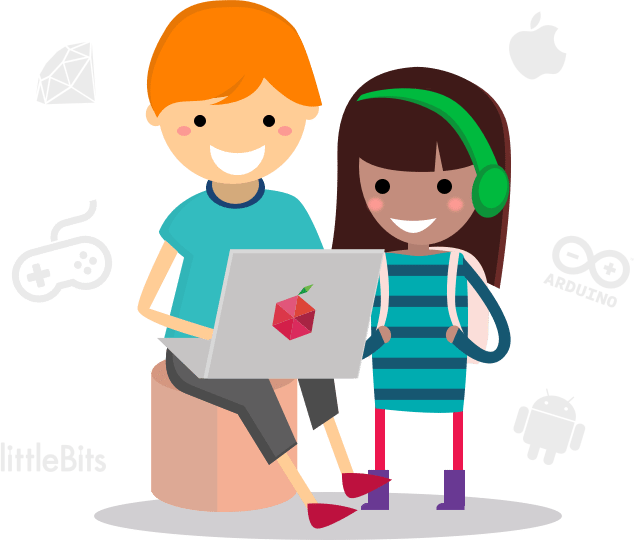 How It Works
How It Works
Each Moveable Game Jam begins with a warm-up activity. Often, it is a whole group game. The goal is to get kids to be playful. At one event we had participants play the reverse charades party game HedBanz. To play, you have to guess what silly picture is stuck to your forehead. Next, everyone made cards based on that day’s theme. Finally, I led the group in a discussion of parts of games.
The second half of the mornings featured guest speakers. We had three major themes for our Moveable Game Jams. The first theme was Future Communities, and it featured experts from Current by GE. The next event was a climate theme, and included educators from NOAA and NASA. The final game jam was themed on Local Stories and Immigrant Voices, and was supported by the National Endowment for the Humanities, as well as guests from two different New York City historical museums. Click here to find out more about the themes we used.
After everyone learns content from experts, pizza is served! Then, after lunch, afternoon breakout sessions are selected to attend. Typically there are four choices, each running twice, for one-hour each. Participants choose two.
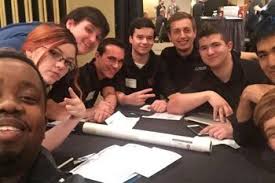 Organizing Your Own Moveable Game Jam
Organizing Your Own Moveable Game Jam
Moveable Game Jams can be planned with a just a small team of organizers. First, select an out-of-school location, like a museum or library space. Then choose themes and community experts to bring in as guests. Finally, look for local partners to run the breakout sessions.
We used a collaborative Google Doc to plan everything. Aside from keeping everyone on-task, it served to ensure that each event had a variety of game jam authoring tools to choose from. For example, we wanted to make sure that there was always a board game remix station.
For more on the Moveable Game Jam activities you can run in your out-of-school program, look for our free Moveable Game Jam Curriculum Guide, coming later this spring!
For breakfast, I had buckwheat pancakes and turkey bacon, with coffee. Lots of coffee!
Author: @drfarber
Join us for Matt’s engaging Master Class: Thursday, April 20, 10:00am – 12:00pm, click here for more information.
